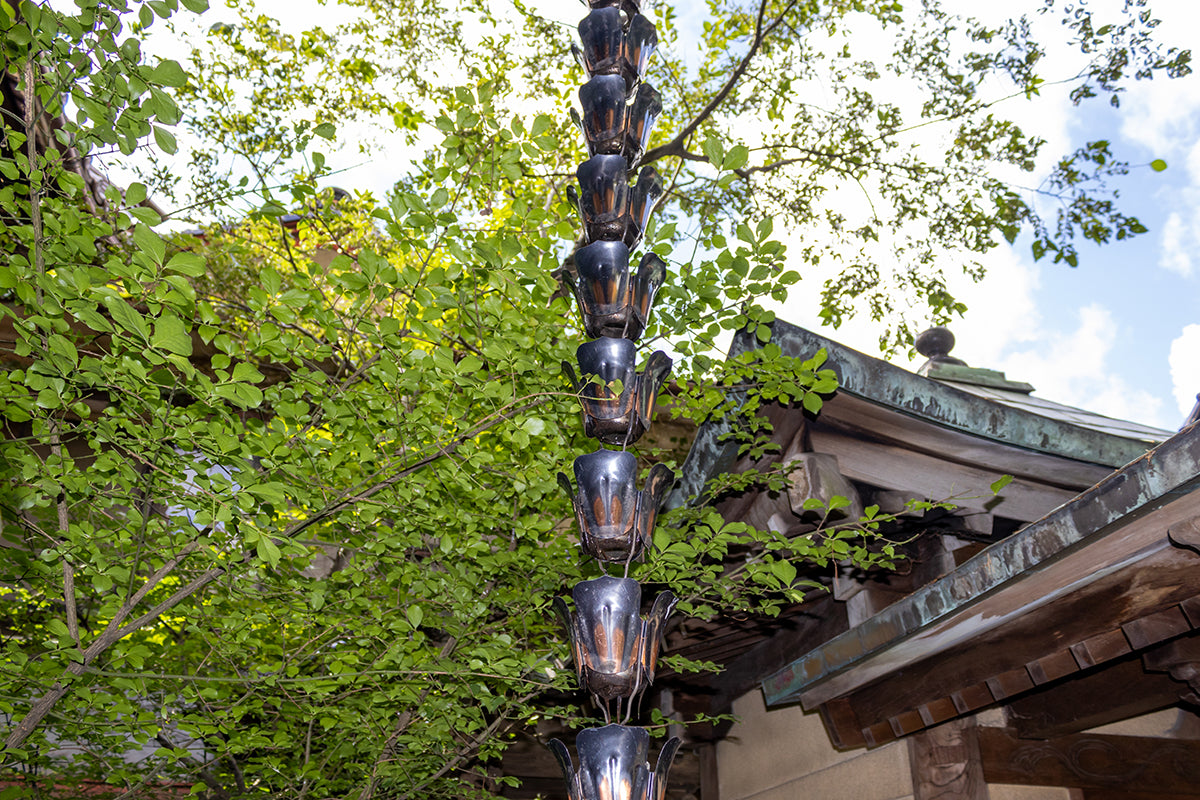Body, soul and gardening - rain gardens

As well as drought, experts believe the changing climate is causing more periods of heavy rain, which can lead to flooding. But there are beautiful and sustainable ways to deal with our extreme weather to benefit people and wildlife.
Flash flooding is particularly problematic where there are large areas of non-permeable surfaces such as tarmac that can create water runoff, overloading drainage systems with waste water and seeping into gardens. This can be counteracted by using permeable landscaping such as gravel or bricks on a sand bed.
Nevertheless, we can all contribute to reducing the risk of flooding by including as many plants as possible in our gardens that will help soak up and filter storm water, channelling it into the ground. Trees are particularly efficient at soaking up water through their large root systems. For larger areas, trees such as Italian alders are tolerant of wet and dry conditions. Perennials and ground cover will all absorb rainwater, reducing run-off, coming into their own in urban areas.
Purpose-built rain gardens can be a beautiful solution to problems of flooding and runoff, as well as absorbing pollution. These can be particularly beneficial in urban areas with a lot of hard surfaces. You can create your own rain garden by digging a hollow of around 50 cm deep that will collect rainfall. Put it at the bottom of an incline where water naturally pools when it rains – you could also add a channel or rill to carry water to the rain garden from downpipes. Unlike a pond, water can drain into the soil, so ideally, you’ll need plants that will cope with some dry as well as wet conditions such as ajuga, Lythrum salicaria, Iris sibirica, Hydrangea ‘Annabelle’, Geranium ‘Rozanne’, tufted hairgrass Deschampsia cespitosa and Miscanthus sinensis.
Other ways of harnessing rainwater include green roofs and water butts, while rain chains are an attractive way of diverting water from drains into beds: these consist of metal chains hanging from a corner of the gutter where the downpipe is placed. These eye-catching design features can also be hung over a barrel, providing a lovely sight and the sound of water as it gently trickles down, making it good for the garden as well as you!











